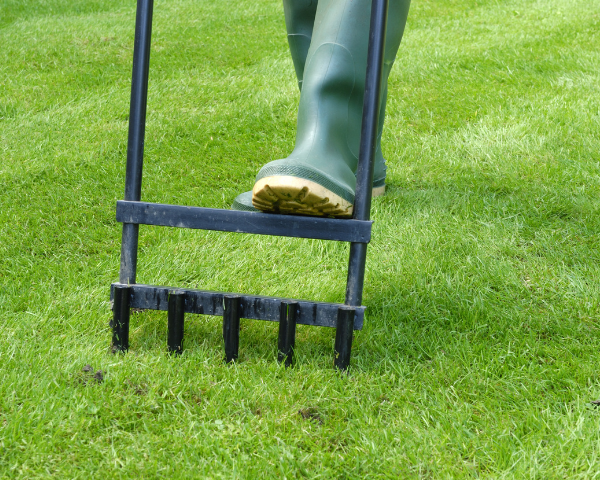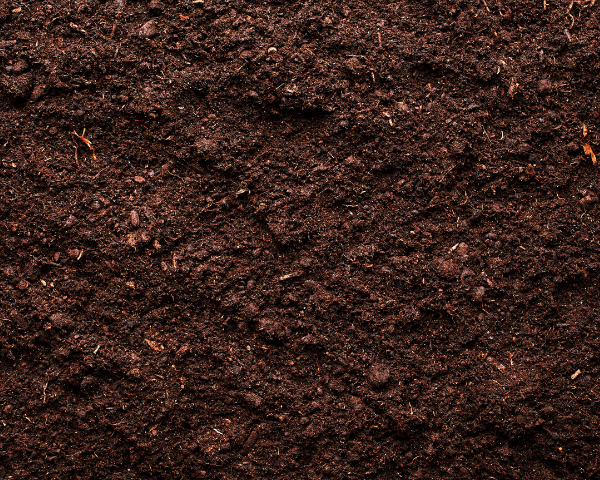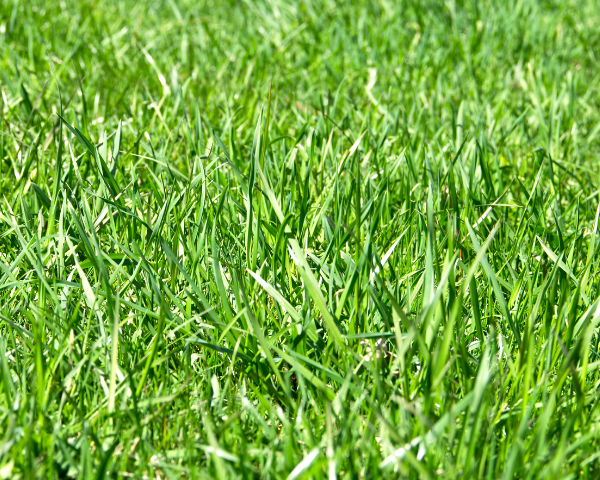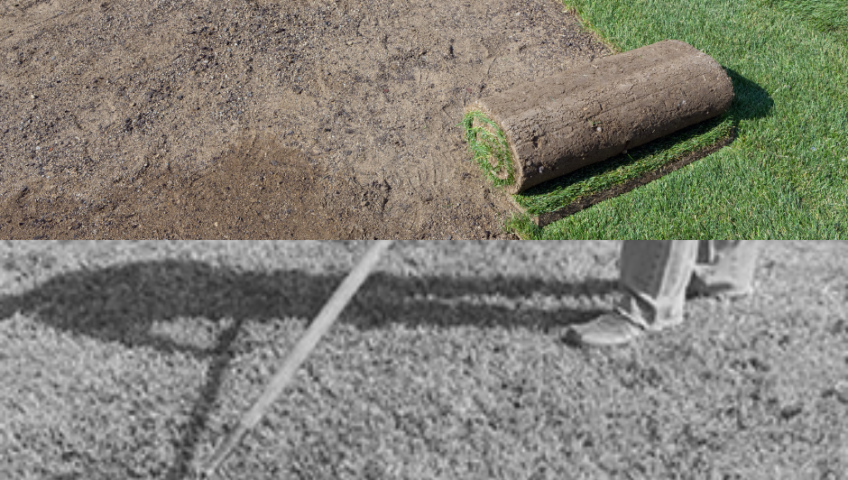Lawn Aeration As Part Of Your Yard Care Routine
tuckturf
on
April 17, 2023
A well watered lawn should have thick, springy grass that bounces back when you tread on it and shouldn’t wilt or have a blue-grey tinge to it.
Feed your lawn
If your lawn is looking a little dowdy it may be time to give it a feed and top up the essential nutrients in the soil that it needs to be strong and healthy. The best time to feed the lawn is after any frosts have gone and when the soil or warming up and wet during the Springtime. Any earlier than this and you run the risk that newly encouraged growth in the grass gets hit by a late frost and damages it, leaving you in a worse state than when you started. A slow release fertilizer applied during Spring will give a drip feed of nutrients throughout the Summer months.
Depending on your needs and the state of the lawn you need to make a choice between liquid (fast release) and granule (slow release) based feeds as well as different preparations based on the season. In all cases, getting a push along feed spreader is a cheap and easy way to ensure even coverage and to dramatically speed up the work.
Mow the lawn
Your de-thatched, aerated, watered and fed lawn should now be growing voraciously and brings us to the last and most time consuming lawn care task – mowing the lawn.
To keep the grass in tip-top condition and growing back strongly after being mowed, you should aim to cut only the top third of the blade. Almost all mowers have a height adjustment for the blade, usually a screw or screws on the underside of many mowers, which make this easy to adjust. Cutting too little results in a never ending chore every weekend to keep it in check but, conversely, taking too much off in one go reduces the ‘green’ area of the grass blade where the grass converts sunlight into energy via the chlorophyll (which gives it the green color) and can leave the grass weak and unable to bounce back so thickly and quickly.
There are many types of mower and which one you go for will depend on the size of your lawn, budget and the type of ground and slopes you have. For the small lawn owner, a manual push mower may suffice and is good exercise but impractical for anything of reasonable size where an electric or petrol powered mower will come into its own. These can be hover or cylinder mowers. For those with the largest lawns nothing but a ride-on mower will do. These miniature tractors come with a variety of attachments and features, some even with a CD player to keep you singing along as you mow but all are at a price!
Luckily, mowing is usually only required in the Spring-Autumn months as the grass grows more slowly or becomes dormant over the Winter, especially in more Northern climates where frost and potentially snow are regular visitors. During the peak months you may need to mow a vibrant healthy lawn every two weeks, but in many ways this is a great sign of a truly healthy lawn.
Summary
It should be easy to see how aeration could be missed when watering, feeding and mowing can have such an immediate and obvious impact but a solid lawn aeration routine can really pick your lawn up and make it easier to manage and more fun to enjoy. You may have to mow a little more often but with less thatch, fewer weeds and diseases and a full and lush covering of grass you can use it more and spend less time on the other maintenance tasks that could otherwise become a chore.
Article Source: https://EzineArticles.com/expert/Jack_D_Turner/1133195





